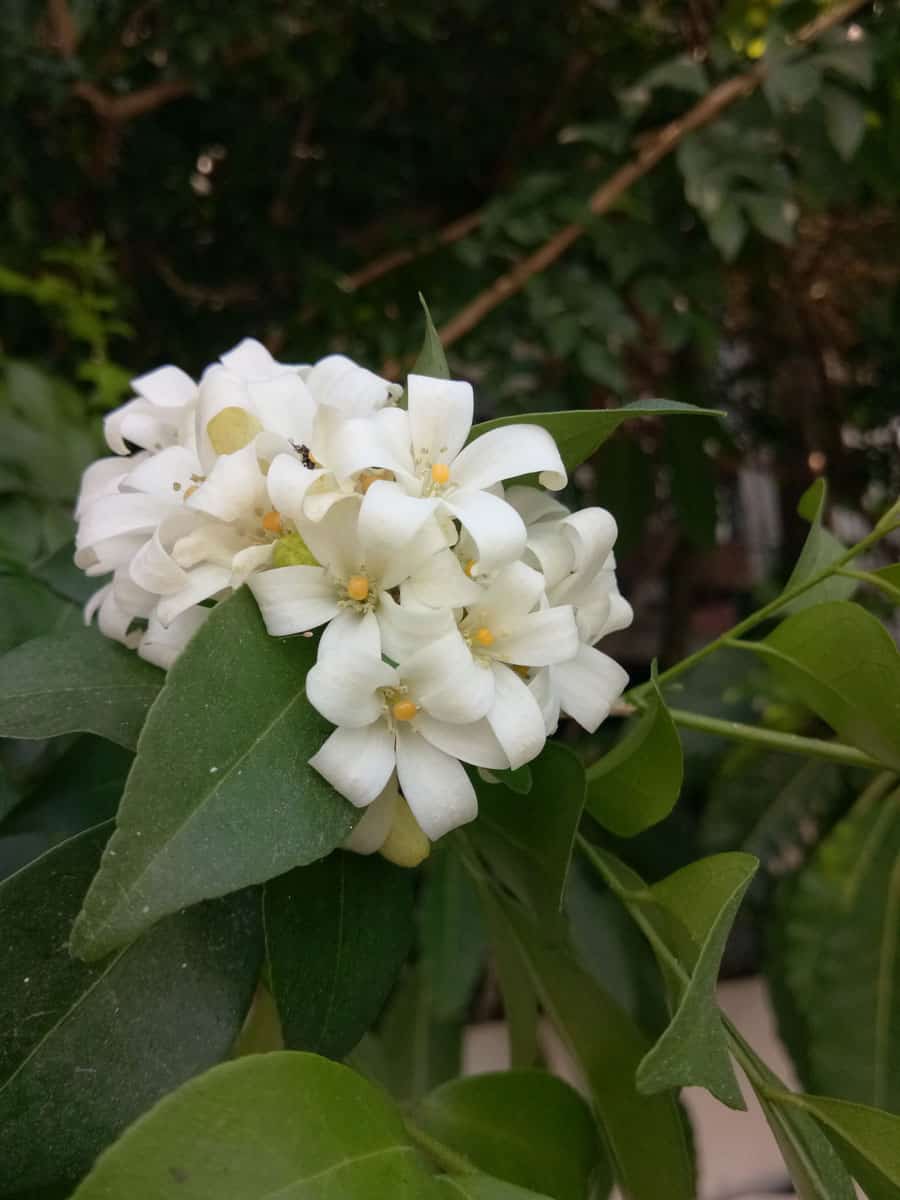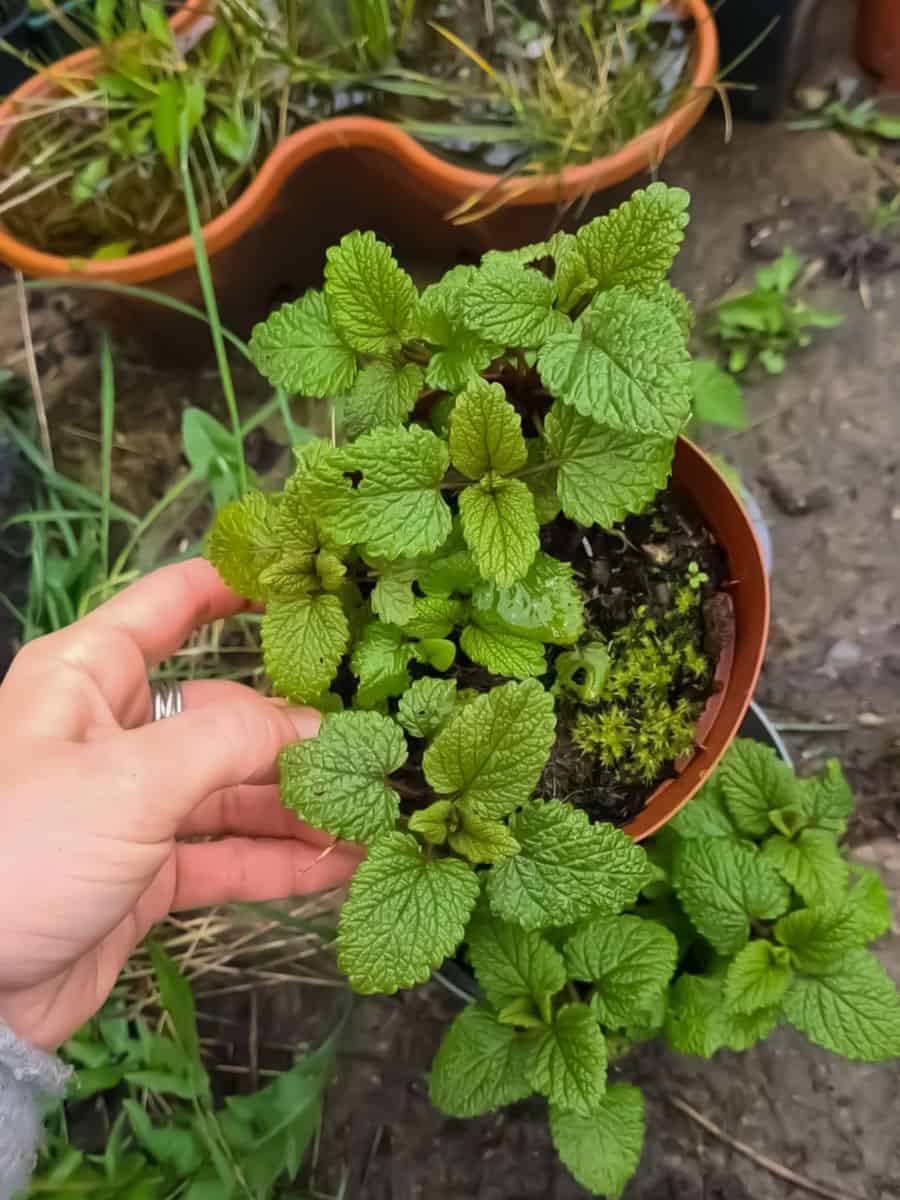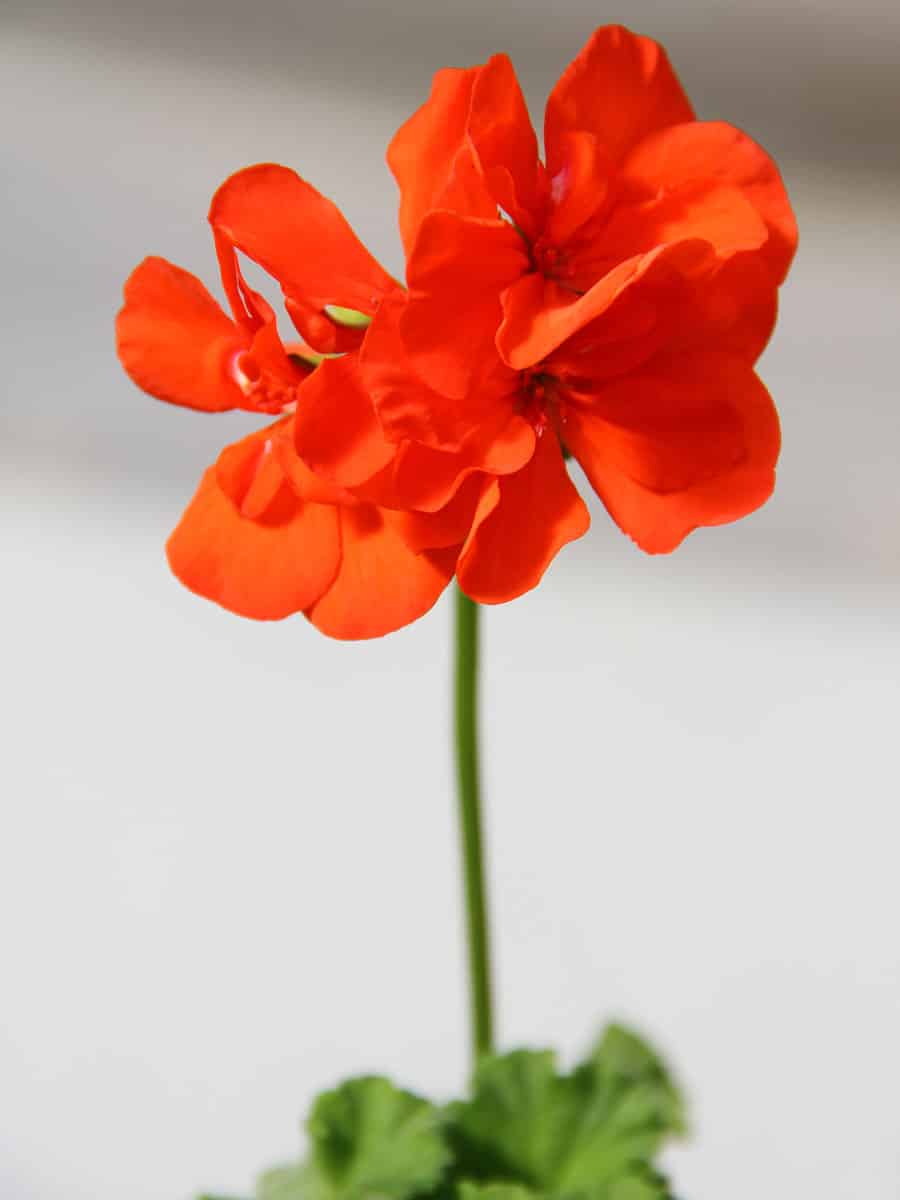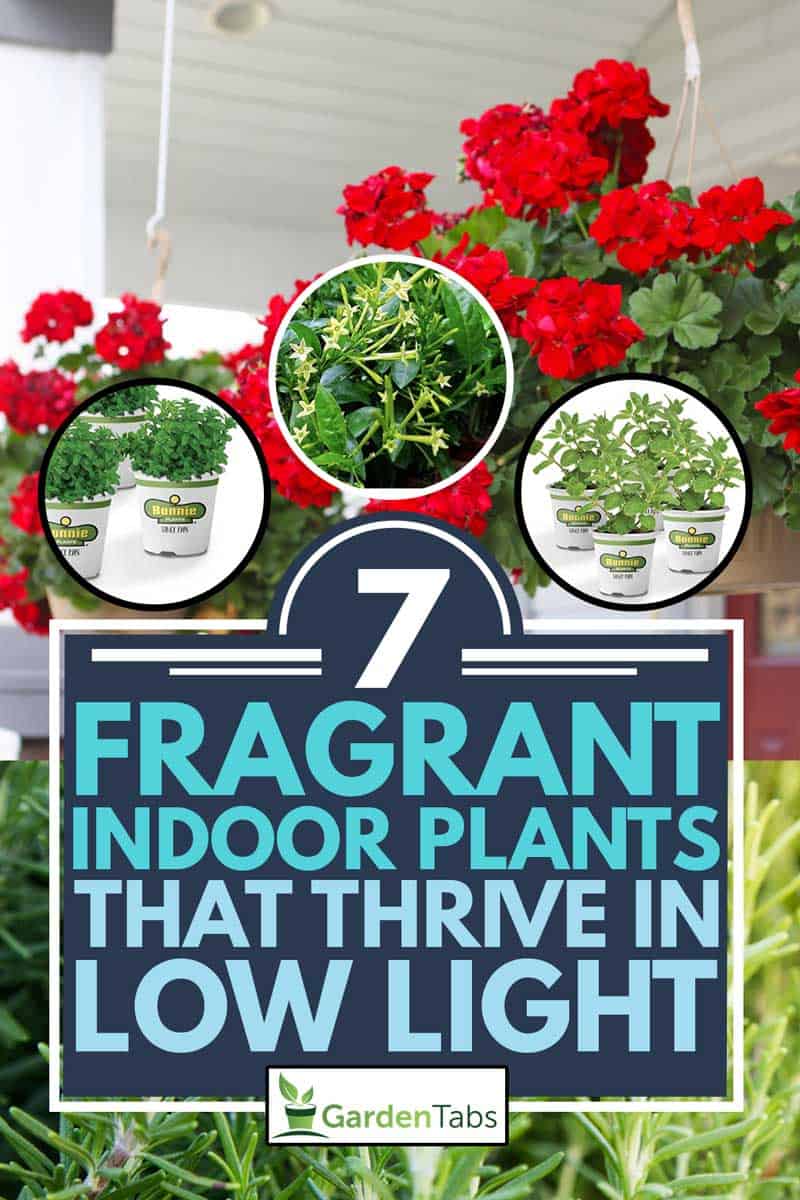If your home doesn't receive much sunshine, you may be wondering which plants you can grow that thrive in low light. Well, you're in luck - there are lots of great varieties to choose from, and we've selected seven of the best and explained all them right here in this article.
Each of these plants is easy to grow, requires no more than a few hours of sunlight each day, and many can be used in cooking. Plus, as a bonus, they're all highly fragranced and will help your home smell amazing. So, let's get started!
1. Night-Blooming Jasmine

Night-blooming jasmine (Cestrum nocturnum) is a small plant with vivid green foliage and white, tubular-shaped flowers that only appear after dark. It grows best in loosely-packed, well-drained soil and should be giving a thorough soak of water every time the soil is dry.
To support the growth of new blooms, fertilize your night-blooming jasmine every week from late spring to late fall. You can also bring it outside in the summer, but since it only grows in Zone 9-11, you should bring it indoors as temperatures drop. Keep in mind that night-blooming jasmine is highly toxic to humans and animals alike.
2. Rosemary

Rosemary (Salvia rosemarinus) is a well-known herb used in many culinary traditions, but it also makes a beautiful, fragrant houseplant. With small, thick leaves clustering on graceful stems and occasional tiny purple or blue flowers, this is a lovely addition to any kitchen container garden.
Although rosemary plants don't need constant, direct sunlight, they do need a few hours of sunlight each day to grow healthy and strong. They also grow best in well-drained soil that's kept moist. Be aware, though, that they need less water in the winter and that overwatering can cause fatal root rot.
3. Lemon Balm

Lemon balm (Melissa officinalis) is a leafy green herb that is part of the mint family. Its ridged, tapered leaves have serrated edges and a pleasant citrusy smell.
Similar to its close relative mint, lemon balm is easy to grow in the proper conditions. Just give it a few hours of sunlight each day, well-drained soil that's kept just a little bit moist in which to grow, and watch it flourish.
Keep an eye on it, however, for signs of "bolting," which refers to the formation of flowers and long shoots. Simply pinch them off when you notice them to ensure that your plant grows bushy instead of tall and leggy and maintains the right flavor profile.
4. Paperwhite

Paperwhites (Narcissus papyraceus) are bulbs that bloom with large white flowers that resemble daffodils. Since they can be forced to bloom at any time of the year, they're a very popular houseplant around the holidays. However, they make a beautiful addition to your home at any time of the year.
Paperwhites are grown with a somewhat unusual method - fill a shallow container without drainage holes with crushed rocks or small stones, insert the bulbs, so they stand upright, and add just enough water to cover the bottom of the bulbs.
5. Nutmeg-Scented Geranium

Nutmeg-scented geranium (Pelargonium x fragrans) is one of several scented geraniums. It's a flowering plant that grows in a small mound of nutmeg-scented leaves and delicate pink flowers, and is easy to grow, even for beginners.
Nutmeg-scented geraniums grow best in a window that gets at least a few hours of sun each day and well-drained soil that is allowed to dry between waterings.
As your plant gets long shoots in the spring and summer, you can pinch them back to maintain its bushy shape. You'll also need to re-pot them each spring in a slightly larger pot to allow the roots room to spread and grow.
Check out our article How to Grow Geraniums [Care Tips, Pictures, and More] for more detailed information about caring for geraniums.
6. Sweet Bay

Sweet bay (Laurus nobilis), also known as the sweet bay laurel tree, is a small tree with leathery leaves that can be used for cooking, particularly Mediterranean cuisine. It can easily be grown in containers indoors but prefers lots of fresh air.
That's an easy fix, though - just keep your sweet bay in a cool spot near a window that can be opened a few times a week to give the tree a chance to breathe. It also enjoys growing outside during the summer, as long as you move back inside every fall.
Keep your potted sweet bay trimmed to 3' or 4' tall to keep it manageable, mist its leaves frequently, and make sure it has well-drained soil to ensure healthy growth.
7. Mint

Mint (Mentha) is a herbaceous plant that comes in lots of different varieties - peppermint, spearmint, apple mint, orange mint, and even catnip, just to name a few. It's a perfect candidate for growing in a container since it spreads rapidly and grows easily year-round.
To grow mint indoors, select a wide, shallow container that can accommodate the spread of the plant's runner roots. Since it needs to be kept moist at all times, porous clay pots aren't the best choice - opt for plastic or metal if possible.
Although you can let them grow outside during the summer, they will happily grow indoors during any season with cool temperatures and a few hours of sunlight each day. They also like windowboxes! Check out our article How to Choose the Right Window Box for Your Apartment for more ideas.








The flowers of Cestrum nocturnum, known as night-blooming jessamine and queen of the night [two of its common names], do not …”appear after dark”. The blossoms emit their scent only at night…hence the names. While parts of the plant are toxic to some animals, I have observed cardinals eating the fruit. The plant is an easy grower in 9B, but can be damaged by freezes if not grown in outdoor protected areas. It will regrow after freeze loss in 9B.
Although Paperwhites can be pretty with their simple white blooms, I strongly advise giving one a good sniff if it’s in bloom before you buy it. To some people, including myself, they have a strong obnoxious odour similar to stale cat urine. I grew one in my bedroom one winter and soon after it started blooming, I couldn’t stand the stink of it anymore and so I tossed it in the green bin. I am not sure if they all smell the same, or, perhaps they smell different to some people than to others. I bought mine at a chain store where they are sold inside a box with a pot, growing medium and Instructions. They are displayed in-store with the Amarylis bulbs around early November, in time to grow for Christmas blooming. All I know is, I will never, ever buy one again or recommend them to anyone because of my disappointing experience.